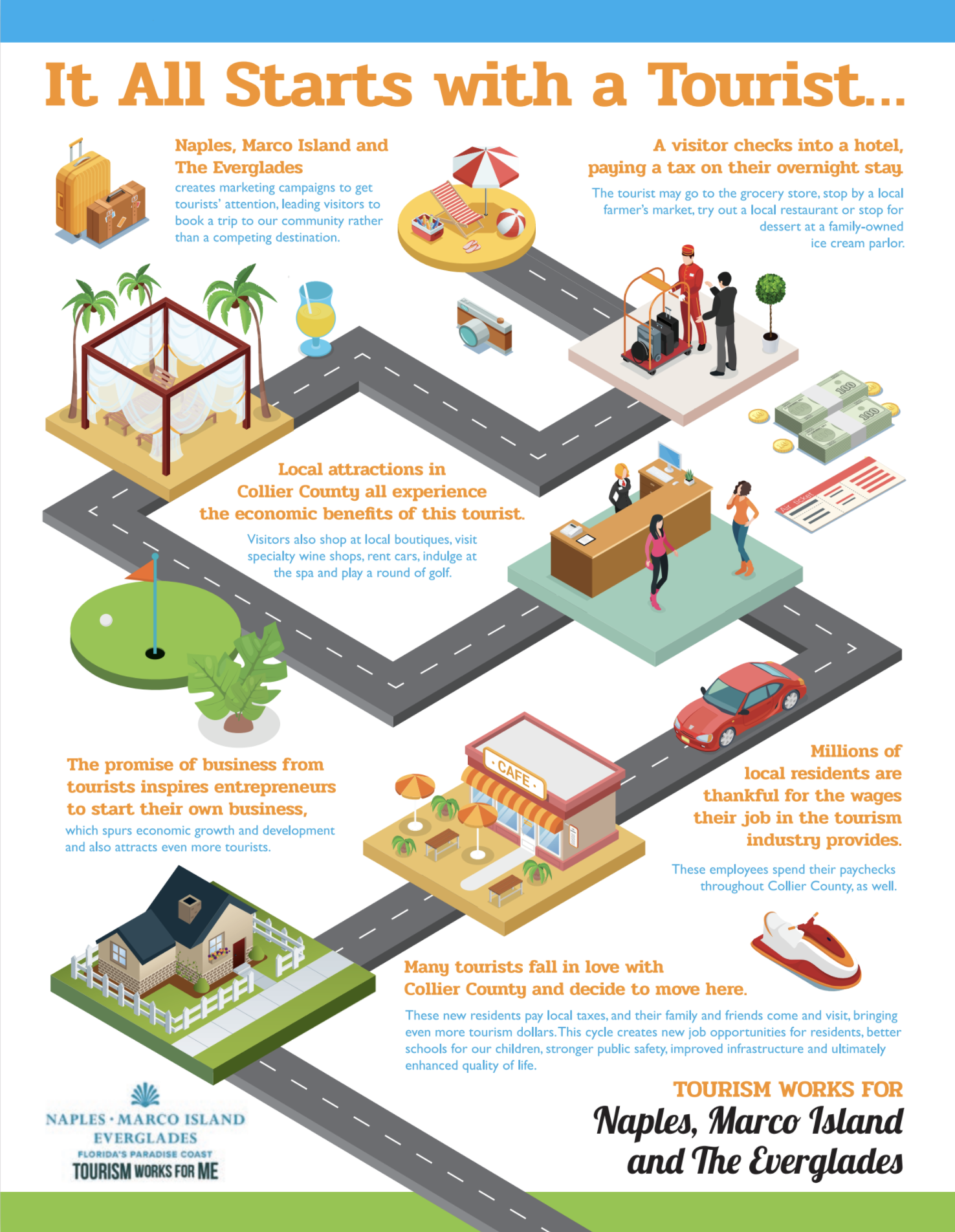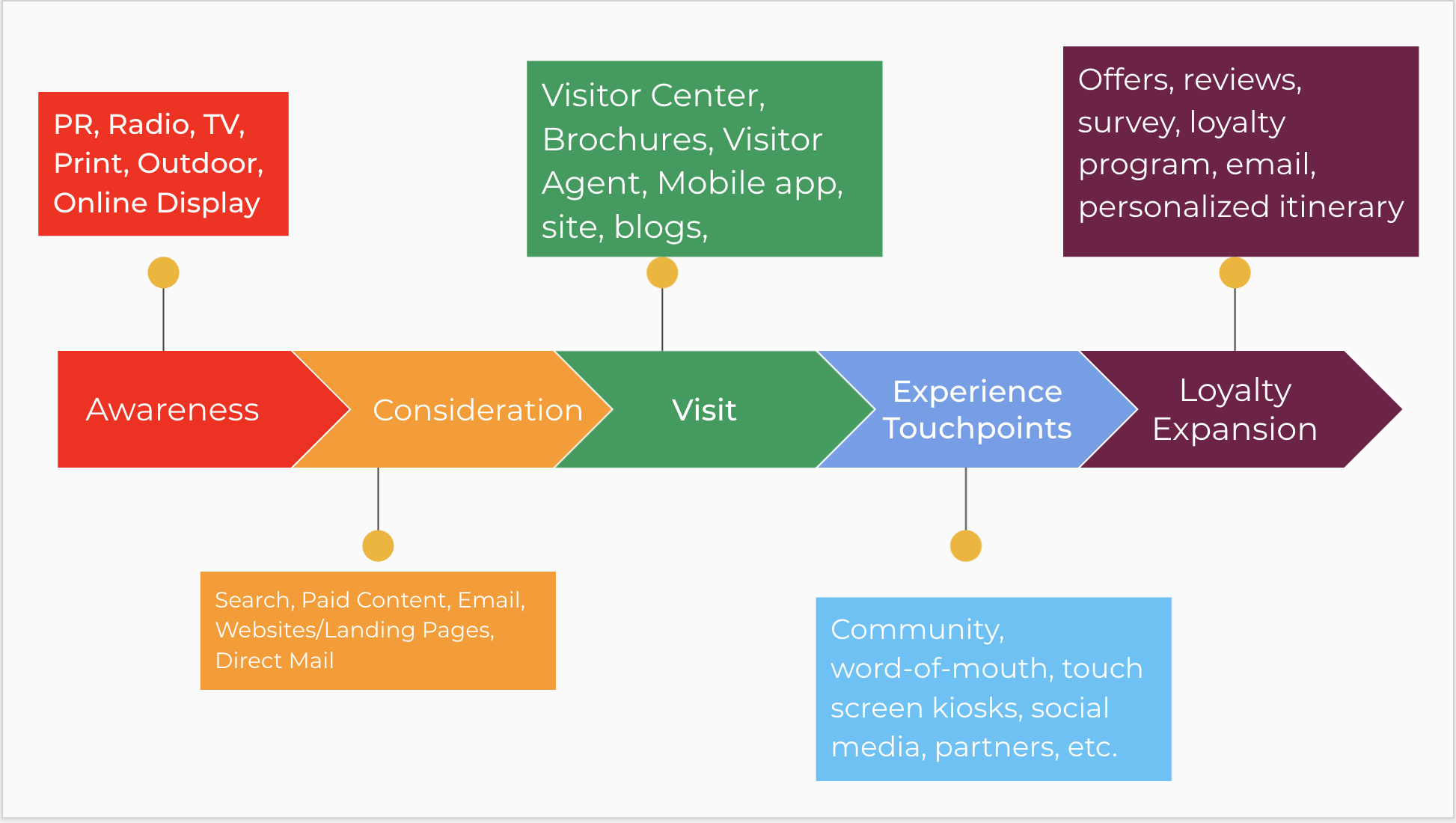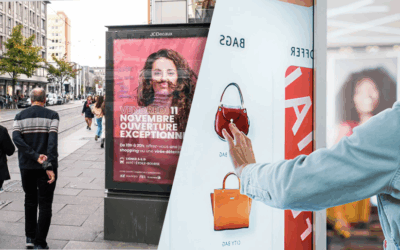Stages of the Visitor Lifecycle
The concept of the visitor lifecycle refers to the various stages that visitors go through as they interact with a destination. These stages include:
- Inspiration and research: This is the stage in which visitors first become aware of a destination and begin researching it. At this point, travelers are still deciding whether to visit the area or not.
- Planning and booking: During this stage, travelers decide on a destination and begin planning their trip. This includes booking flights, hotels, rental cars, tours, and activities.
- Arrival and on-site experience: This is the stage in which travelers arrive at their destination. It includes activities like sightseeing, dining out, and exploring local attractions.
- Departure and post-visit engagement: This is the last stage in the visitor lifecycle. It includes activities such as sharing feedback about their experience, leaving reviews, and writing blog posts.

Inspiration and Research Stage
During the inspiration and research stage, visitors explore various channels, such as social media, travel blogs, and review websites, to gather information and inspiration about potential destinations. To effectively engage with visitors during this stage, DMOs should:
- Create compelling content that showcases the unique experiences and attractions of the destination
- Leverage social media platforms and influencers to increase destination visibility
- Monitor online reviews and respond to visitor feedback
Our goal in this step is to develop an inspiring, informative, and engaging content strategy that will inform visitors of what to expect when they visit your destination.

Planning and Booking Stage
At the planning and booking stage, visitors are making decisions about transportation, accommodation, and activities. To optimize communication touch points during this stage, DMOs can:
- Provide a user-friendly website with comprehensive destination information, including travel guides, itineraries, and booking tools
- Collaborate with local businesses to offer special deals and packages
- Utilize email marketing to share personalized recommendations and offers
The goal is to make the planning and booking process easy for visitors while providing them with relevant information to help inform their decisions.

Arrival and On-Site Experience Stage
The arrival and on-site experience stage is crucial for ensuring visitor satisfaction and encouraging repeat visits. Effective communication touchpoints during this stage include:
- Welcoming visitors with a dedicated visitor center or information booth
- Implementing digital kiosks that provide real-time information, interactive maps, and personalized recommendations
- Offering free Wi-Fi and mobile apps to help visitors navigate the destination seamlessly
What we want to accomplish in this step is to provide travelers with a smooth and hassle-free experience while they explore the destination. This is important because it will encourage visitors to come back and explore more in the future.

Departure and Post-Visit Engagement Stage
After visitors depart, maintaining communication and fostering ongoing relationships is essential. DMOs can achieve this by:
- Sending personalized follow-up emails with relevant content, such as highlights from their visit, upcoming events, or special offers
- Encouraging visitors to share their experiences on social media and review platforms
- Utilizing digital kiosks to collect visitor feedback for continuous improvement
The goal is to create an ongoing dialogue with visitors so they feel connected to the destination and are encouraged to come back in the future.

People Want to Experience your Destination
The idea behind destination marketing is to make sure that the area’s tourism amenities, such as hotels and restaurants are fully utilized. This can be done by guiding people who come into your city through a specific route or even providing them with insider tips on where you should go based off what they like. It’s important to know your audience, how to speak to them, and how to connect with them. This will help them get the most out of their experience.
Do You Know Your Audience Segments?
Audience segmentation is an important aspect of creating a successful sales or marketing strategy. It’s the act of finding better customers, and allows you to reach them with tailored messages that will resonate more than mass-marketing could ever hope too! While it may not seem like much at first glance – dividing your audience into segments so they have similar interests/buying behaviors can really pay off in terms for future conversions (and profits). The more personal and targeted your message, the better chance you’ll have of engaging with potential customers. With time segmentation can help uncover new market opportunities that might otherwise be missed – creating products tailored around specific needs or interests for all different types of people!
How do you Speak to Your Audience?
One of the most important aspects when creating content is to make sure that it’s catering specifically for your listeners’ knowledge and experience. This will help keep them engaged with what you have going on because they know exactly how much information or expertise we need in order understand something, where our interests lie at any given time based off past behavior trends – all these things factor into a person’s listening habits. With each piece of content you should consider:
- Where is the visitor at in their customer journey?
- Why is this content important to them?
- What benefit is it adding to their journey?
- Can they save it easily and refer to it later?
You can create a more personal connection to your audience by understanding the different stages of their journey. This will serve your destination well in the long run.
Connect your Visitors
Digital touch screen kiosks can help direct people to your touch points in the area. You can add value in many different ways:
- Build Community
- You can customize the level of engagement for both customers and employees, building up a family-like atmosphere around brand loyalty.
- Increase Referrals
- Conveniently providing referral opportunities that can be taken on a mobile device. Comes with built-in referral tools, so members can invite others and get rewarded for it!
- Add Personalization
- Kiosk helps with this challenge by allowing customers themselves personalize their journey while also providing valuable information through apps that suit them best for filtering options they provide on social media platforms like Instagram or Twitter hashtags – it becomes an interactive experience where you can get feedback about what’s important so we know where our efforts should go next
- Offer Unique Value
- By engaging a visitor at a specific location, you can offer unique value to them based on their location. This is useful if your in-market strategy has a lot of partners who offer a variety of services and experiences.
Conclusion
Understanding the lifecycle and communication touch points of visitors to a destination is vital for DMOs to create memorable experiences and drive tourism growth. By implementing the strategies discussed in this blog post, DMOs can effectively engage with visitors at each stage of the lifecycle, ultimately resulting in increased visitor satisfaction and repeat visits.
Schedule a demo
Contact us today to schedule a time. We want to show you how a touch screen kiosk can connect your destination like never before seen. Tourism is a booming industry, but the competition for tourists has become stronger over time. This can be attributed to globalization and people’s desire for information on all levels which leads them down an internet rabbit hole before they even get off their couch at home! Tourists have high expectations of their trips so when something doesn’t go according it leaves much room for disappointment especially if there were no major mistakes made by someone in your company – this puts more pressure than ever onto how quickly things needed done while still meeting customer needs along the rough process.





0 Comments